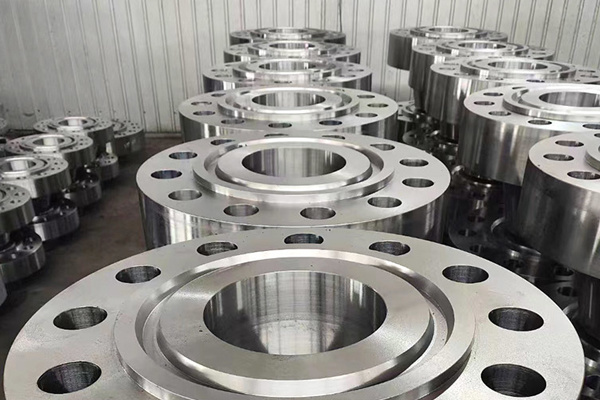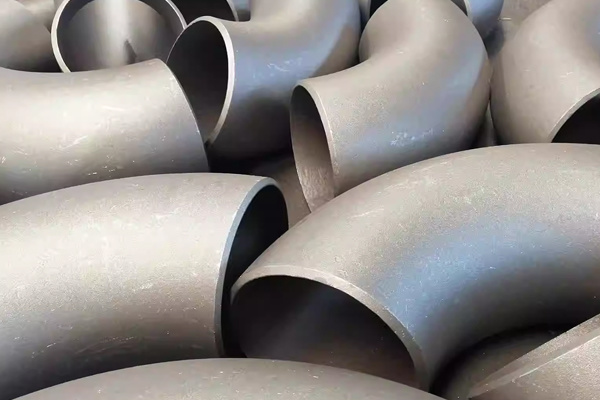Understanding Rubber Soft Joints: Common Questions Answered
2025-08-19
Rubber Soft Joint
What is a Rubber Soft Joint?
A Rubber Soft Joint, quite a catchy phrase, refers to a flexible connector used in various plumbing and mechanical applications. These joints are designed to absorb vibrations, reduce noise, and accommodate movement between two surfaces. You might be wondering, why is this important? Well, for starters, they help in preventing damage caused by expansion and contraction, especially in piping systems.
Why Use Rubber Soft Joints?
Imagine living in a world where everything is rigid—yikes, right? Rubber Soft Joints bring flexibility to the table, making them essential in numerous industries. They are often used in HVAC systems, water treatment plants, and even in automotive applications. The beauty of these joints lies in their ability to handle temperature fluctuations and vibrations without cracking under pressure.
Common Questions About Rubber Soft Joints
Alright, let's dive into some frequently asked questions regarding Rubber Soft Joints. Buckle up!
1. How do I know if my Rubber Soft Joint needs replacing?
Good question! Usually, signs of wear and tear like leaks, visible cracks, or unusual noises can signal it's time for a change. If you're noticing these issues, don't just shrug them off! Ignoring them can lead to more significant problems down the line.
2. Can I install a Rubber Soft Joint myself?
Ah, the DIY spirit! While it's totally possible to install a Rubber Soft Joint on your own, it's crucial to ensure you have the right tools and understand the mechanics involved. If you're not very handy, it might be wise to call in a pro. Better safe than sorry!
3. What materials are Rubber Soft Joints made from?
Great question! Typically, these joints are crafted from various rubber compounds, which provide excellent durability and flexibility. Some manufacturers even use reinforced materials to enhance their resilience. It's vital to choose the right material based on your specific needs—after all, not all rubber is created equal!
Benefits of Using Rubber Soft Joints
Let's talk benefits! Here are a few perks of incorporating Rubber Soft Joints into your systems:
- Vibration Absorption: They effectively dampen vibrations, ensuring a quieter operation.
- Flexibility: Their flexibility allows for easy adjustments and installations.
- Corrosion Resistance: Many rubber compounds are resistant to various chemicals, extending their lifespan.
- Cost-Effectiveness: Rubber Soft Joints can save you money in the long run by reducing the need for repairs.
Conclusion
In summary, Rubber Soft Joints play an indispensable role in modern engineering and plumbing systems. Whether you're a DIY enthusiast or a seasoned professional, understanding their function and maintenance can save you time, money, and headaches. So next time you hear about a Rubber Soft Joint, you can nod knowingly and share some of the insights you've gained!
Key words:
RELATED INFORMATION
API 6A TYPE 6BX flanges and blinds in ANSI/API Spec 6A specification
2024-05-22
The Essential Guide to Carbon Steel Plate Flanges in Construction and Decoration
2024-05-22
Discover the Advantages of 45° Long Radius Elbows in Construction Projects
2024-05-22












